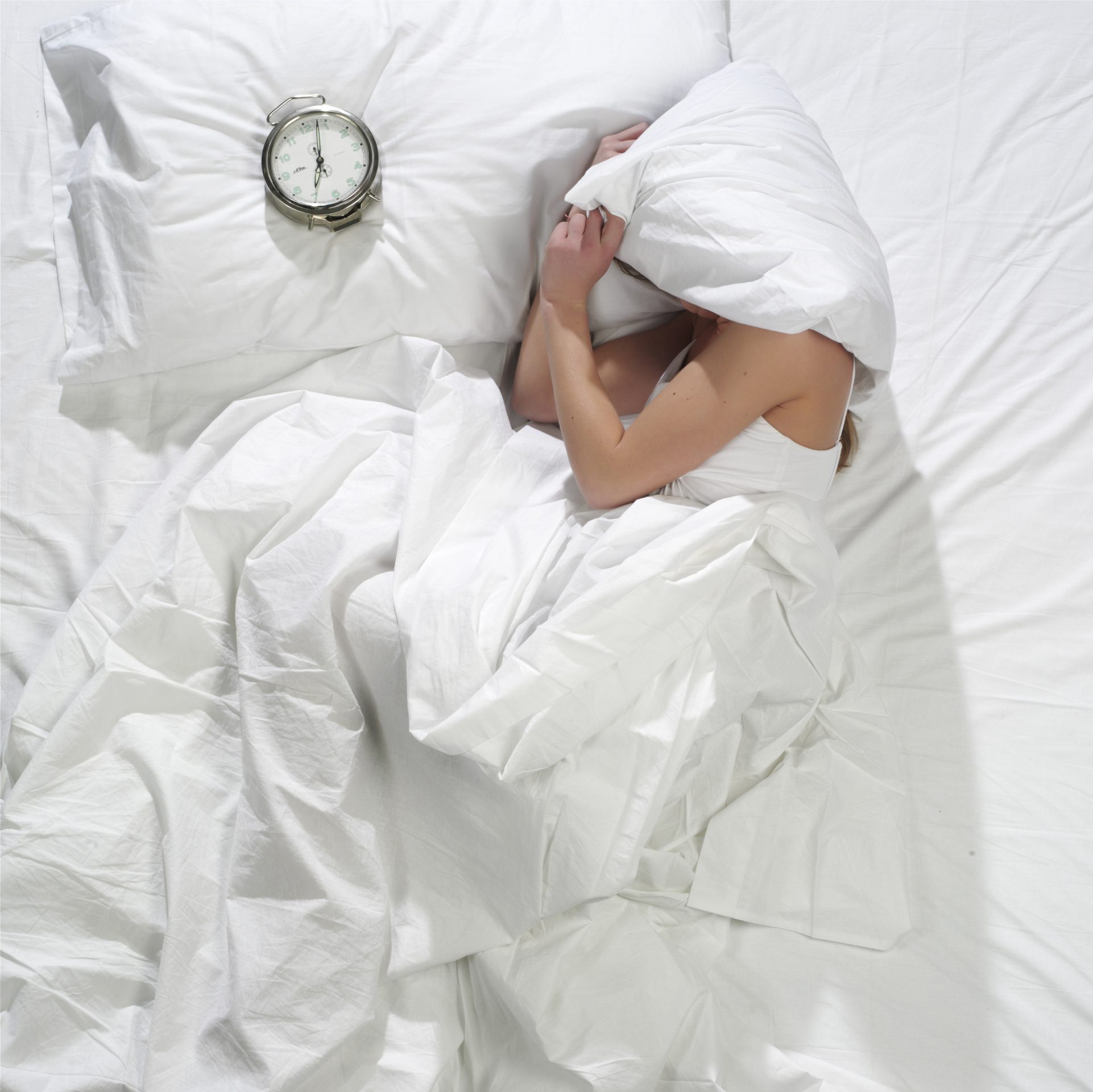
Feb 15, 2019 | Q+A, Understanding Mental Illness
Winter is here and it is a difficult time for me. Between the cold, the dark, and the lack of outdoor time, I get really depressed. I know about SAD and have tried light therapy. I think it helps some but not enough. What other things can I try?

Jan 8, 2016 | Tips for Healthy Living, Understanding Mental Illness
For some people, the shorter days of the fall and winter months bring with it an increase in depressive symptoms. This type of depression has been called Seasonal Affective Disorder (SAD). It usually impacts people during the change of seasons when there is a...

Nov 5, 2015 | Tips for Healthy Living, Understanding Mental Illness
Daylight Savings Time began on November 1st this year. The first Sunday of the month. There are over 70 countries all over the world that use Daylight Savings Time. That means that over a billion people are affected by the changes in time twice a year! Not only that,...



